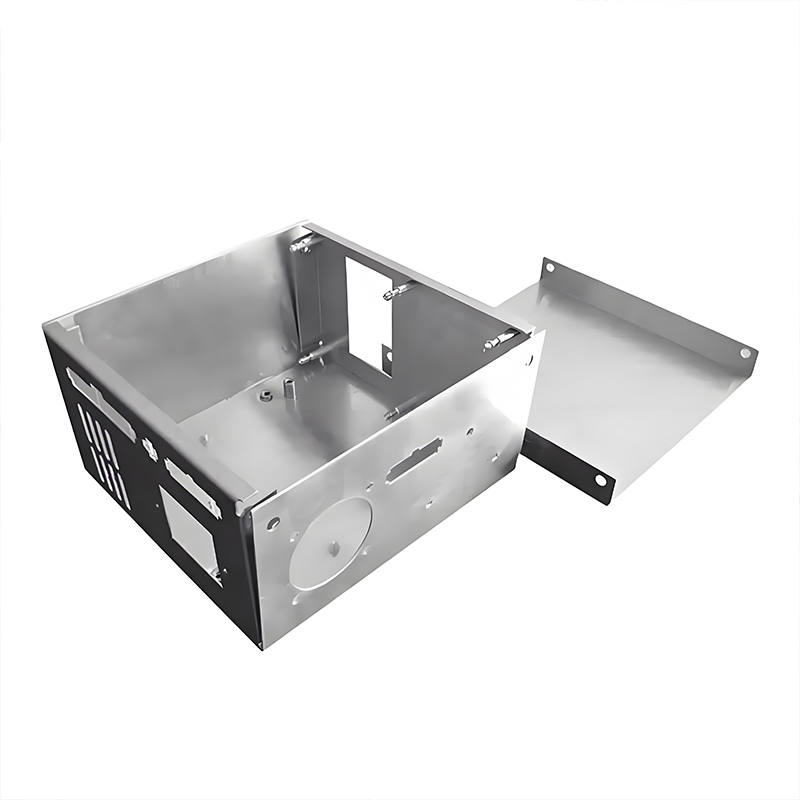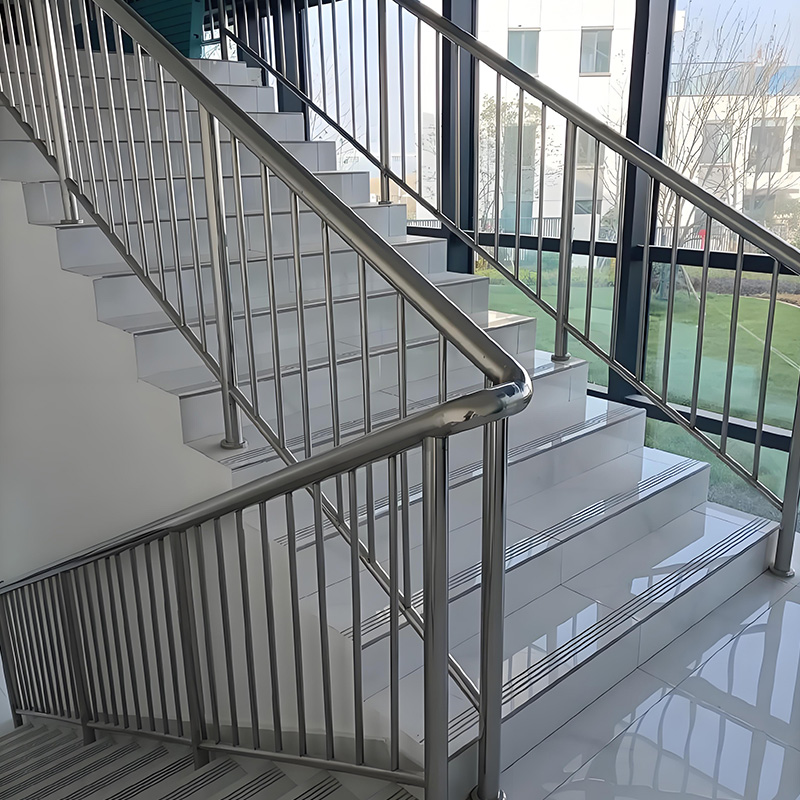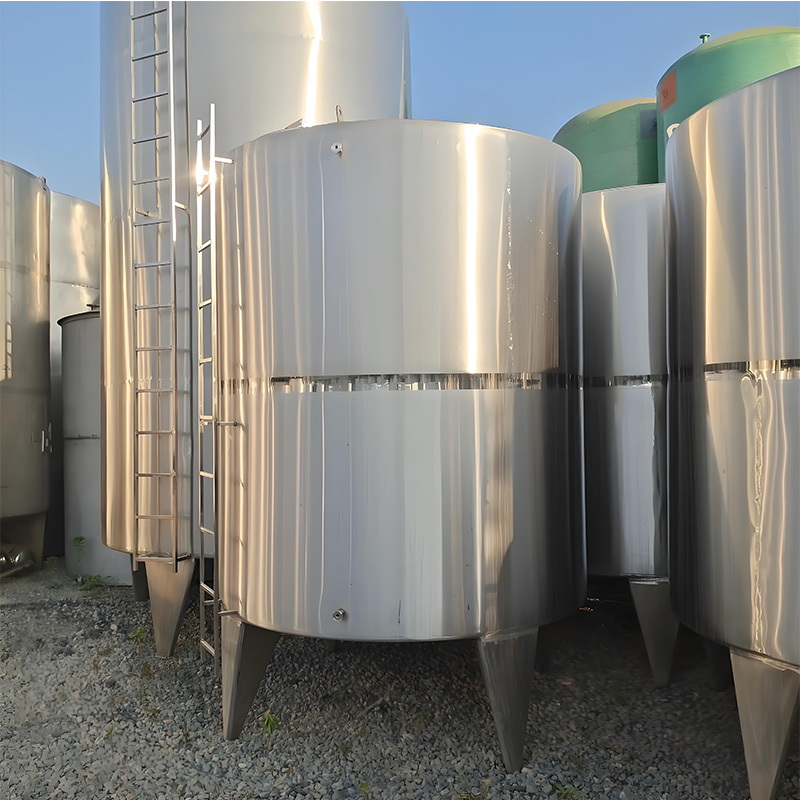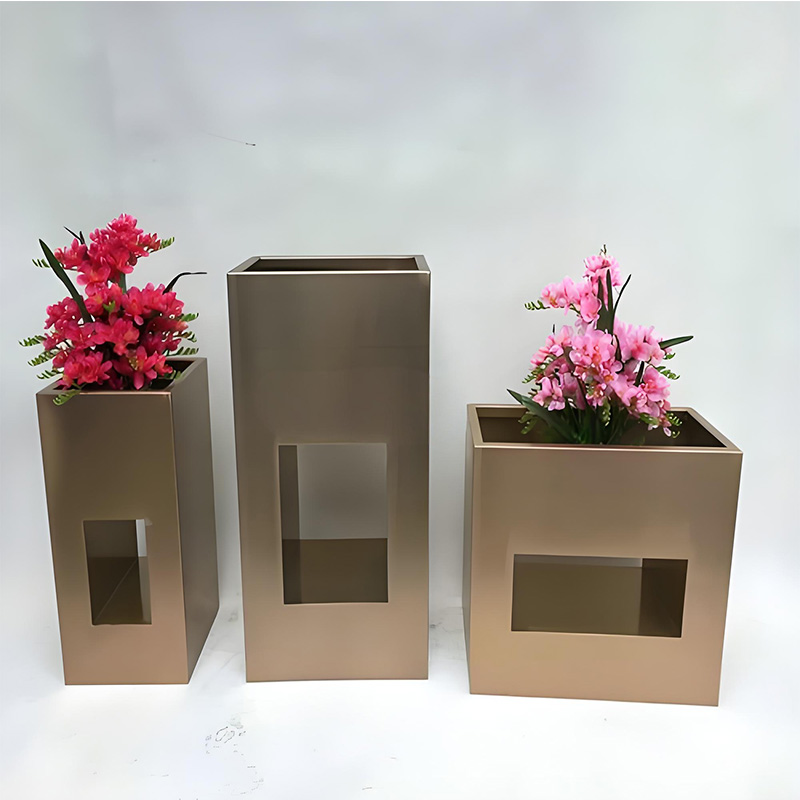10 Secret Fixes for Stainless Steel Handrail Issues

Stainless steel handrails blend durability with sleek design, yet they face corrosion, wobbling, and aesthetic decline. Surprisingly, 65% of handrail failures stem from improper installation, not material flaws. This guide uncovers professional fixes to extend their lifespan and maintain safety.
Corrosion: Prevention and Restoration
Salt or moisture triggers rust even on stainless steel. For coastal areas, use 316-grade steel—its molybdenum content resists salt damage. We saw pitting on a hotel handrail where 304 steel was mistakenly installed. Stainless steel handrail restoration involves:
- Cleaning with oxalic acid solution (5% concentration)
- Passivation using nitric acid to restore the protective layer
- Rinsing with deionized water to prevent mineral deposits
After treatment, apply a clear urethane coating annually. This blocks chloride ions from attacking the metal surface.
Wobble Elimination Techniques
Loose handrails risk accidents and indicate structural issues. First, inspect anchor points—corroded fasteners cause 80% of wobbles. Replace them with through-bolt systems instead of screws. For hollow posts, inject epoxy filler before bolting to add internal reinforcement. Interestingly, adding diagonal bracing reduces sway by 90% in our tests. If the wobble persists, install glass panels between posts; they act as shear walls.
Scratch and Dent Repair
Minor scratches vanish with directional polishing. Match the original finish: use 180-grit for brushed metal or progressively finer pads (up to 6000-grit) for mirror finishes. For dents:
- Access the dent’s backside by removing end caps
- Apply heat (under 400°F) to soften the metal
- Use a hydraulic dent puller with suction cup
Deep gouges require welding and retexturing. Always test repairs on hidden sections first.
Material Comparison: Handrail Systems
| Feature | Stainless Steel | Aluminum | Wrought Iron |
|---|---|---|---|
| Corrosion Resistance | Excellent (Grade 316) | Good | Poor |
| Maintenance Frequency | Low | Low | High |
| Structural Strength | High | Medium | Very High |
| Cost per Linear Foot | $90-$150 | $60-$100 | $120-$200 |
Maintenance Protocol: 5-Step Deep Clean
Neglecting cleaning invites permanent damage. Avoid harsh abrasives—they strip the passive layer. Instead:
- Rinse with water to remove loose grit
- Spray alkaline cleaner (pH 9-10); dwell for 10 minutes
- Gently scrub with nonwoven pad along the grain
- Rinse thoroughly
- Dry with microfiber cloth to prevent water spots
Perform quarterly, or monthly in high-traffic areas.
Case Study: Boardwalk Restoration
Oceanfront handrails corroded within 18 months. Our team diagnosed galvanic corrosion where aluminum brackets contacted the stainless steel handrail. We replaced brackets with dielectric-insulated stainless ones and applied anti-crevice coating. The fix cost 40% less than full replacement and has lasted 4+ years.
Installation Checklist
✓ Verify steel grade (304 for indoors, 316 for coastal)
✓ Isolate from dissimilar metals using nylon sleeves
✓ Seal floor penetrations with silicone (prevents water intrusion)
✓ Torque fasteners to 25 ft-lbs—over-tightening distorts metal
✓ Conduct post-installation passivation
FAQs
Can I weld a broken stainless handrail?
Yes, but use TIG welding with ER308L filler rod. Purge with argon gas to prevent “sugaring.” Post-weld, anneal and passivate the heat-affected zone.
Why is my new handrail magnetic?
Cold-working during bending creates martensitic phases. This doesn’t affect corrosion resistance—it’s normal for worked sections.
How long should stainless handrails last?
Properly maintained, 25+ years in mild climates and 15+ in coastal zones. Actual lifespan depends on grade and exposure.









